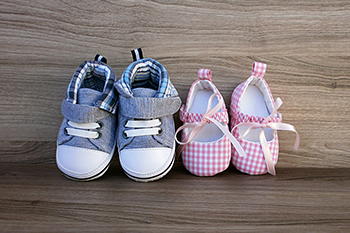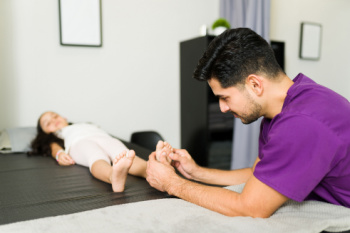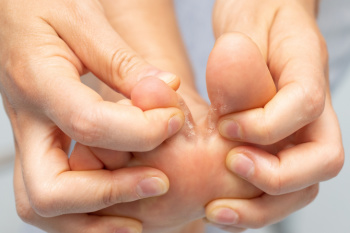Much like adults, children can also experience foot problems. Certain conditions are common in children but can be promptly treated to help your child stay healthy and active.
Young children are often afflicted with ingrown toenails. Ingrown toenails occur when a toenail grows into the surrounding skin rather than over it. This can make the area where the nail has grown into the skin tender, red, warm, swollen, and painful. In some cases, an infection may develop. Ingrown toenails can typically be treated at home, but an infection may require medical treatment. Fortunately, ingrown toenails are easy to prevent. When trimming your child’s toenails, be sure to use toenail clippers to cut the nails straight across, avoiding curved edges. It is also important to not cut the nail too short. Wearing roomy, comfortable shoes can also help prevent ingrown toenails from developing.
Plantar warts are warts that develop on the bottom of the foot due to a viral infection. Warts usually present as one or multiple circular areas of thickened skin with tiny black dots on them. Plantar warts may cause pain when pressure is applied to them while walking. Over-the-counter and prescription topical treatments can typically clear up plantar warts.
Another common concern in children is heel pain. Sever’s disease, an overuse injury that causes inflammation in the growth plate of the heel, is especially common in children ages 8 to 14, especially if they frequently participate in running or jumping activities, like soccer or gymnastics. Sever’s disease is characterized by pain in the back or bottom of the heel, difficulty walking, and fatigue.
If your child complains of foot pain or if you notice any abnormalities in your child’s feet, it is recommended that you take them to see a chiropodist for a diagnosis and treatment.






